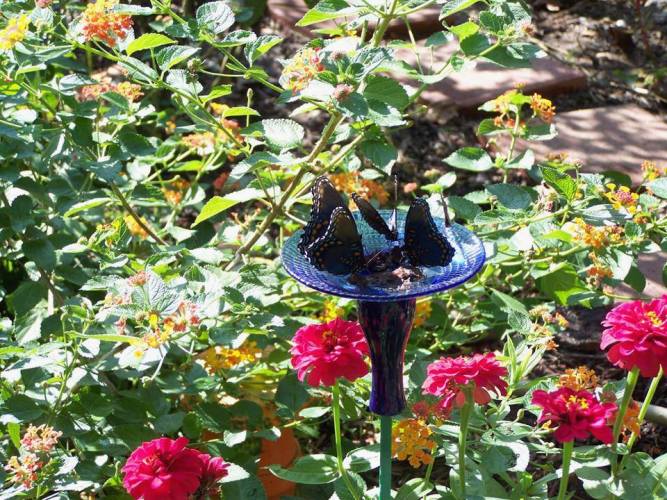Creating a butterfly feeding station is a wonderful way to attract and support butterflies in your garden or outdoor space. Here’s a step-by-step guide to help you make a butterfly feeding station:
Select a Suitable Location
Choose a spot in your garden or yard that receives ample sunlight and is protected from strong winds. Butterflies prefer warm, sunny areas.
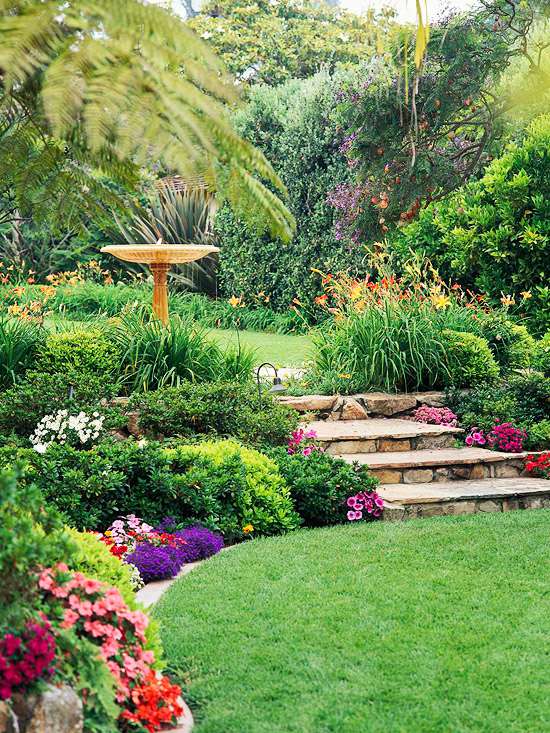
Choose Butterfly-Friendly Plants
Select a variety of nectar-rich flowers and host plants that caterpillars can feed on. Some popular choices include butterfly bush, coneflower, zinnia, asters, milkweed, and lantana. Plant a mix of flowering plants to provide a continuous nectar supply throughout the growing season.
If you want to attract specific butterflies, install their Larval Host Plants.
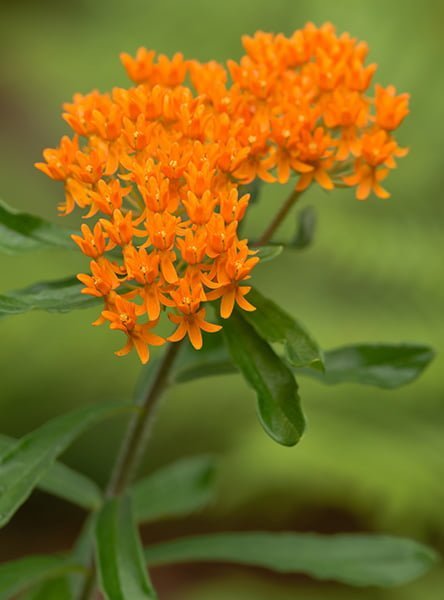
250 Butterfly Milkweed Seeds (Ascslepias Tuberosa) for North America
More than one full gram of Butterfly Milkweed Seeds (Asclepias tuberosa). Attracts Monarchs. Origin Kentucky. USDA Zones 3-8.
Add a Butterfly Feeder
You can include a simple butterfly feeder to supplement the natural nectar sources in your garden. Here’s how you can make one:
- Take a shallow dish or plate with a bright color (like orange or yellow). This will attract butterflies.
- Fill the dish with a solution of 10% sugar water. Dissolve 1 part sugar in 9 parts water, boil the mixture, let it cool, and then fill the dish.
- Place a few pieces of fruit, such as overripe bananas or oranges, in the dish. Butterflies are attracted to the fermenting fruit. Add dried leaves from a Heliotrope, which also act a butterfly attractant.
- Ensure that the dish has a rough or textured surface for butterflies to perch on while feeding. You can add pebbles or sponge pieces to provide a landing spot.
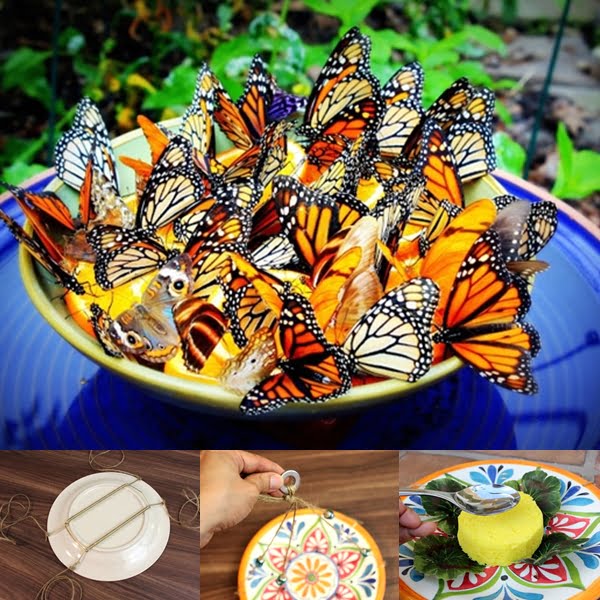
Provide a Water Source
Butterflies also need water for drinking and bathing. Place a shallow dish or birdbath with clean water in your butterfly feeding station. Add a few stones or pebbles for the butterflies to rest on while drinking.
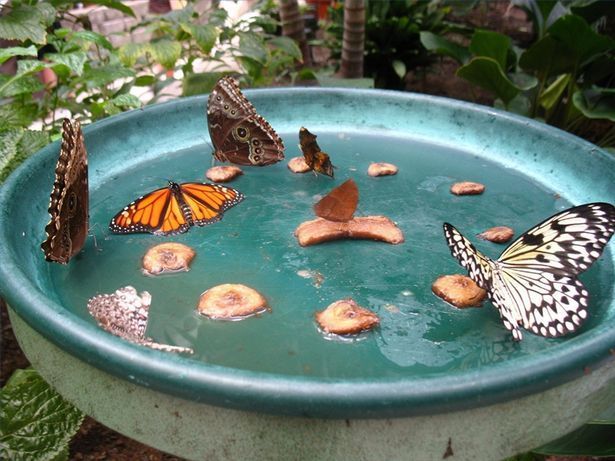
Provide Shelter and Resting Spots
Butterflies need sheltered areas to rest and roost. Plant shrubs or include tall grasses where butterflies can perch or seek refuge during windy or hot weather.
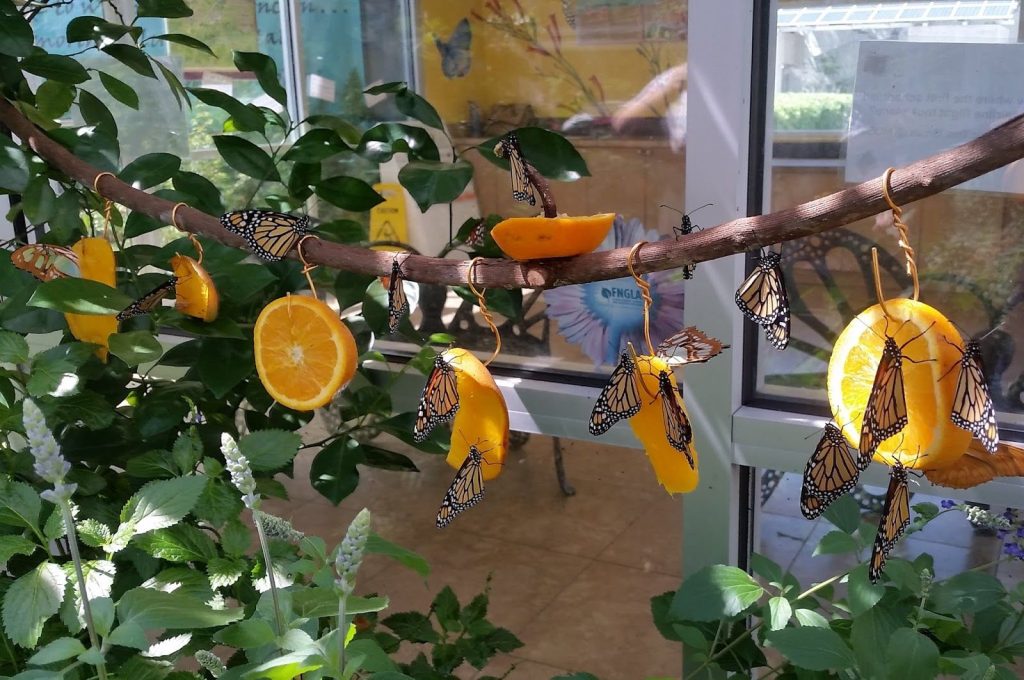
Avoid Pesticides
To maintain a healthy butterfly habitat, avoid using pesticides and herbicides in and around your feeding station. These chemicals can harm butterflies and other beneficial insects.
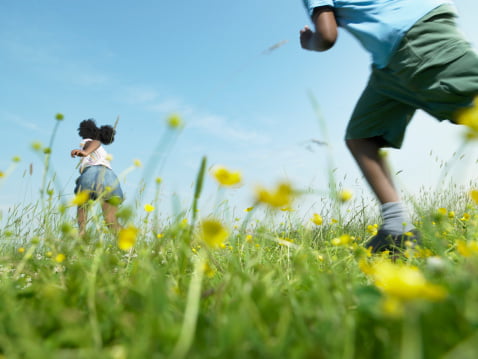
Maintain and Monitor
Regularly maintain the feeding station by refilling the sugar water and water sources, removing any spoiled fruit, and ensuring the plants are healthy and well-watered. Monitor the feeding station to observe the variety of butterflies it attracts. You could even keep a log or diary to track butterfly species or counts. This data can be useful for school book reports.

By following these steps, you can create an inviting and nurturing space for butterflies to visit, feed, and thrive… one day at a time!
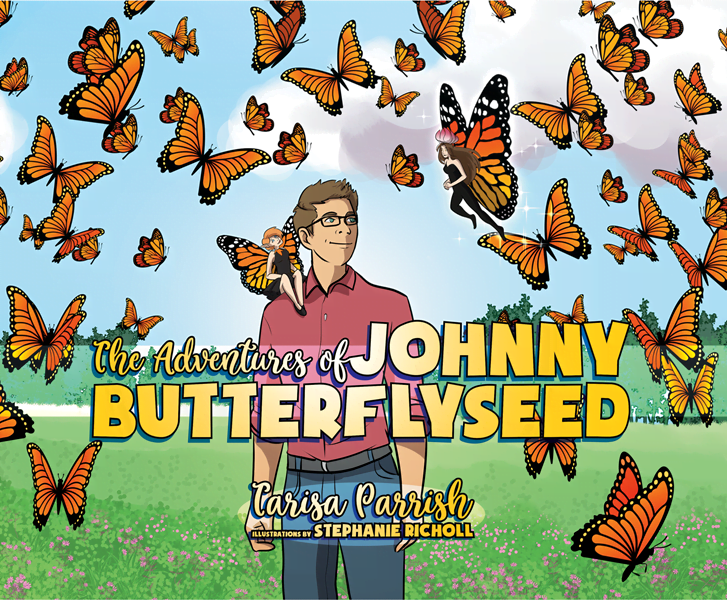
The Adventures of Johnny Butterflyseed – Author Signed First Edition Children’s Book
Save the monarchs!
Johnny Butterflyseed and his fairy friend, Raven Silverwing, embark on a mission to save the rapidly disappearing butterflies. They enlist the help of Queen Venus Goldwing and her kingdom of monarchs to educate and inspire kids to become butterfly farmers. At first, Johnny faces his own internal struggle with self-doubt and fear in his ability to make a difference, but then soon develops a mindset that allows him to not only get started, but also make progress one day at a time. Through challenge after challenge, Johnny learns that he is not alone in his mission and that there are many people who want to help. Together, Johnny, Raven, and Queen Venus educate thousands of children on becoming butterfly farmers.
